China is a vast country, full of interesting historical heritage, wonderful landscapes and intriguing people. Once you’ve set foot in the country, most of you wouldn’t want to stick to the few streets surrounding your hotel or guesthouse. So let’s start moving around.
千里之行,始於足下
Qiān lĭ zhī xíng, shĭ yú zú xià
“A journey of a thousand miles begins with a single step”
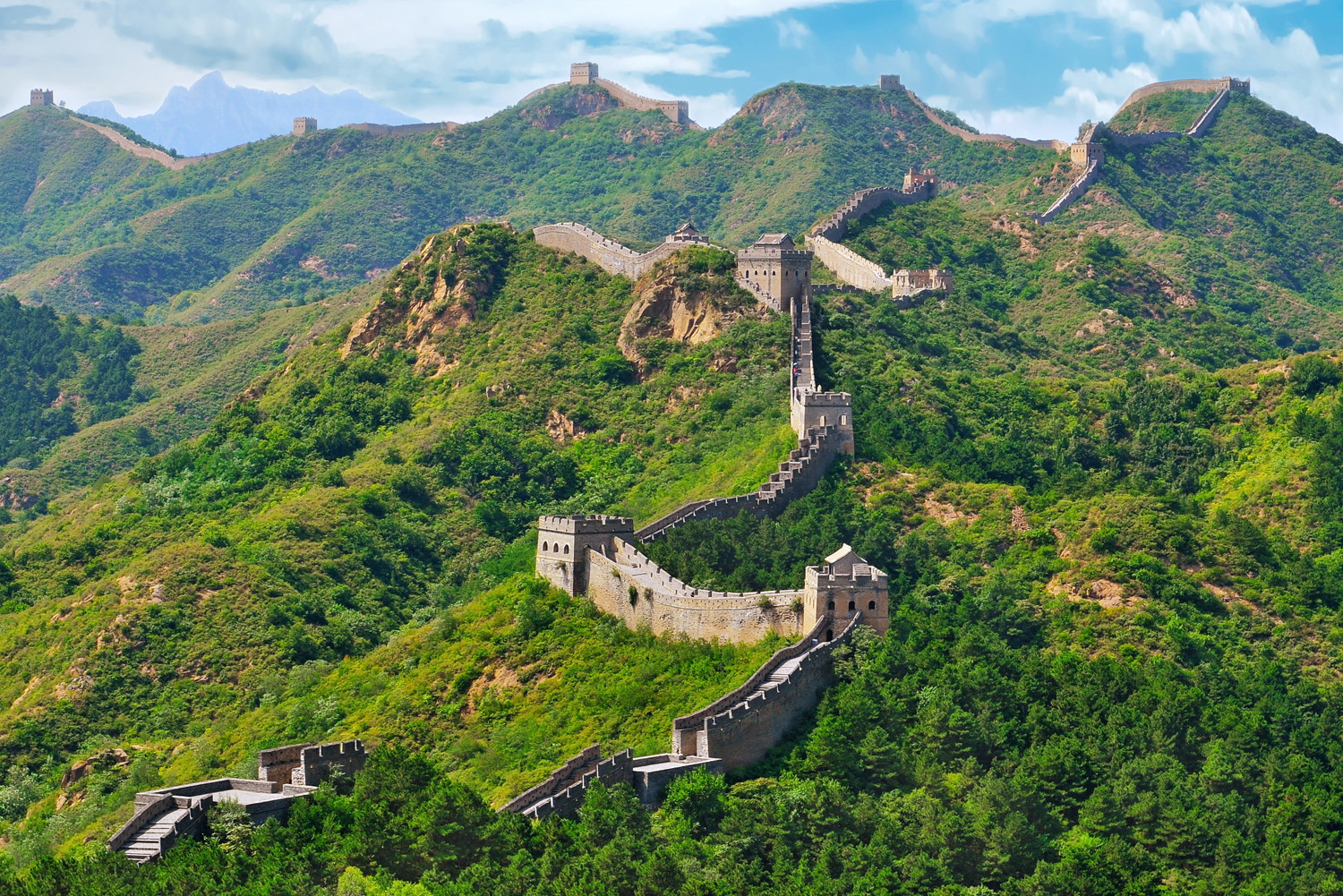
But how do you do this?
In this article I will try and guide you through the most common means of transportation you can use in China, in order of your level of ‘China-experience’:
- Beginner: fly, walk, use the subway and take taxis
- Intermediate: hop on busses and trains
- Advanced: cycle and do everything else you want to do
The best tip I can already give you that works on every level is:
Do as the Chinese do!
1. Beginner
Travel by air

Ow…That’s why they were so eager to get on this plane…
When I took my first domestic flight from Beijing to Lanzhou, everyone was rushing to the gates even before the first boarding call was made. I felt a bit superior because I clearly had the patience to wait it out. Surely, there would be enough seats for everyone, right?
Very true. When I entered the plane, my seat wasn’t taken. But everything else was. There literally was not one inch of space left for my luggage, so I had to keep my backpack in front of me, which resulted in a very uncomfortable flight.
It may be clear this ‘superior’ westerner will be the first in line next time she sets foot on an airplane in China…
- Get in line as soon as you can!
- Try to carry the very minimum of hand luggage
- Be aware that most airports in China are situated far from the actual city
- Chinese sometimes use a different numbering system (in trains as well)
It is possible you won’t sit next to your traveling companion, even when you checked in together and have successive numbers
Walk around
It is one of the slowest but also one of the best ways of transportation within a city. Walking has lots of benefits, although you have to keep in mind the negatives as well. I will give you a brief incomplete comparative list: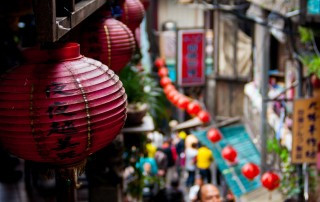
+ You will get to know the smaller streets
+ You will get in contact with the local people
+ You will discover small shops and restaurants you’d otherwise never notice
- You’re never safe.
Even when the light is green, or even when you’re on the sidewalk, cars can (and will) appear out of nowhere. Follow the masses and don’t linger.
- You will get tired.
Chinese cities are big, and some streets just keep on going. It’s better to combine your walking with other (faster) means of transportation if you want to cover some ground
Use the subway
China is investing heavily in their subway systems, and where there is one, it is easy to use as the system is similar to most western subways systerms. Metro stops are often indicated in Pinyin or even in English. Do keep in mind it can be crowded at times.
Take a taxi
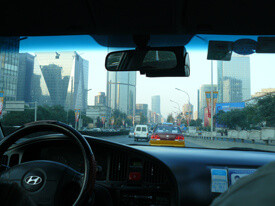
It’s like riding a roller coaster with the safety off
I have no other words for it. My first taxi ride in Beijing was terrifying. I was convinced I had picked out the most reckless taxi driver of China (not…). He was constantly sounding his horn, cutting corners and racing over sideways.
It'll take you a while to get used to (if this doesn’t remind you of the traffic in your country anyway), but all in all it’s one of the more safer forms of getting around in China.
- Be prepared!
- Know what the official taxis look like in the city you’re visiting
- Look up the average price for a ride from the airport to the city or ask around before getting off the plane
- Check whether the driver starts the meter. This avoids discussions at the end.
- Wear a seatbelt if there is one, and try not to mind the way the chauffeur is driving. They are professionals. And most of the time they know what they’re doing, so…
- Have faith
2. Intermediate
Yes, it’s crowded. But it’s cheap, easy and well organized. So once you’ve familiarised yourself with the Chinese traffic and (some) characters, busses and trains deserve a try.
Hop on a bus in the city
If you can read characters, you can take a bus to where you would like to go, and it will only cost you 1 to 5 yuan (it differs from city to city). But do keep in mind that with this price, no comfort is included.
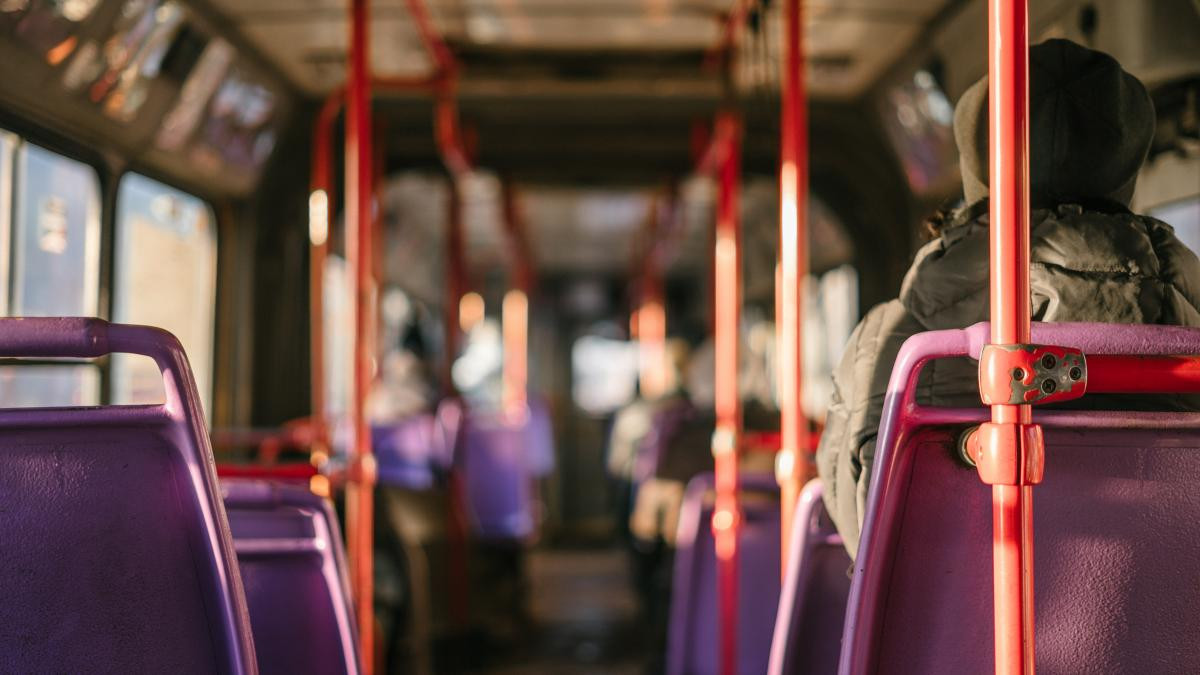 - Pay with cents or small banknotes. Don’t try paying with 100 RMB
- Pay with cents or small banknotes. Don’t try paying with 100 RMB
- Try counting the stops if the bus isn’t equipped with a bus stop announcement system (although this is no bulletproof system) or buy a map with indications of bus stops and lines
- Start pushing towards the door long before your stop when it is crowded (which happens regularly) and don’t be afraid to shout when you want to get off
- The bus is never full. It can always fit more people
Take a longer trip by coach or by train
Up to 5 hours
- Take a long-distance bus, they are mostly comfortable and have a decent price.
- If there is a fast train with 软座ruǎnzuò, soft seats, you can take one of these as well, they are very nice!
- There are also slower trains with only 硬座 yìngzuò, hard seats, and if your back can handle it, this may be an option. It can be fun, or it can be utterly annoying. I’ll leave that up to you.
- Don’t take无坐票wúzuòpiào, no-seat tickets, unless you are of the (very) adventurous type.
- Avoid travelling during busy holiday periods (a story that deserves an article on its own)
Up to 36 hours
- Take a train with 硬卧yìngwò or hard-sleepers. It sounds awful, but they actually have a mattress and I’ve always found it quite comfortable.
- There are 6 beds per compartment, 上shàng upper, 中zhōng middle and下xià lower.
- If you only have to sleep, you can opt for an upper or middle bed (they are cheaper).
- When you have to pass (a big portion of) the day on the train as well, it’s recommandable to take the lower bed, then you can sit on it comfortably to eat and rest as well.
- Sleeper busses do exist, but they look claustrophobic so I never took them.
It all depends on what you want to spend
When I travelled with a companion, we often took an upper and lower bed on the train to keep the price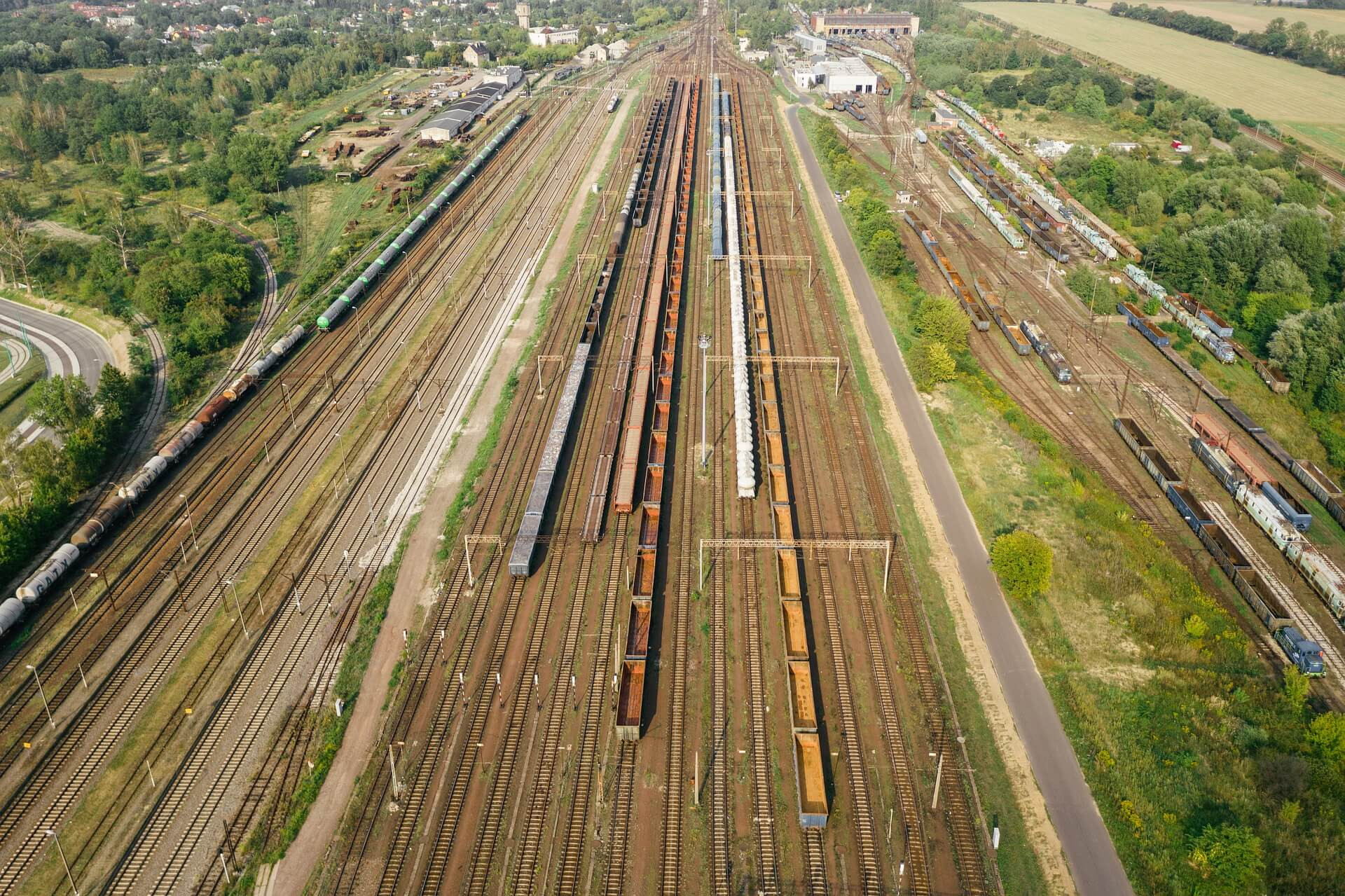 low but the comfort high.
low but the comfort high.
If you have money to spare, you can opt for the软卧ruǎnwò, the soft-sleepers. These have compartments with doors, so they offer more privacy, and there are only four beds in one room (and often you even have the room to yourself, because Chinese seldom choose this option). I once took a soft-sleeper because these were the only places left on the train, and found out there even was a ‘western toilet’ in this carriage!
More than 36 hours
- Consider taking a plane
3. Advanced
It’s a cliché, but cycling isn’t as common anymore in Beijing (or in China) as it used to be. Here too, the car is gaining much territory. So be careful if you do get on your bike.
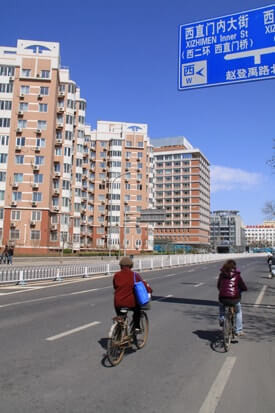 Cycling in rural areas is a must! It’s calm, relaxing, and you can enjoy the scenery (I did it in夏河Xiàhé, and it was heavenly!)
Cycling in rural areas is a must! It’s calm, relaxing, and you can enjoy the scenery (I did it in夏河Xiàhé, and it was heavenly!)- Cycling in urban areas is crowded, stressful and dangerous. But it can still be fun if you keep the following in mind:
- Always follow the crowd on crossroads.
- If you feel like you’re cycling on a highway – it’s normal.
- Be sure your bike has good brakes! Don’t ride with an unsafe bicycle! You will need to keep all your attention on the road.
- It is an all-China experience. It took me three visits to China before I got on a bike in Beijing. But I never regretted it afterwards.
Of course there are other means of transportation as well in China, but I stuck to the most prominent ones. All the other ones (boats, motorcycle taxis,..) you can discover on your own while travelling through China.
By Sofie Van Breuseghem
Don't miss out on more articles and news about Hutong School, the Chinese language, life in China and much more.
Learn Chinese in China